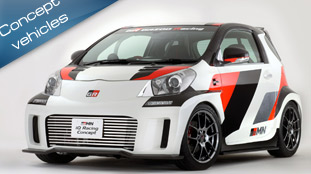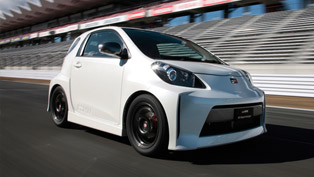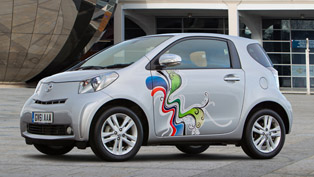Toyota iQ: six degrees of innovation - No1
In spite of its small dimensions, iQ is the fruit of some very big ideas in how to design and engineer small cars. Success in creating a vehicle that is less than three metres long, yet has space for four seats on board was made possible thanks to a series of six interlinked technical and packaging innovations, pioneering work that rewrites the rulebook on car design.
In a series of six simple cut-paste-and-print guides, Toyota will explain how.
INNOVATION No1: The front-mounted differential
The position of the gearbox differential dictates the position of a car's driven wheels and is traditionally a limiting factor on how space under the bonnet can be used. Toyota's brainwave was the simple but highly effective idea of moving the differential in front of the engine, a concept that opens up new and radical opportunities for iQ's small-but-spacious design.
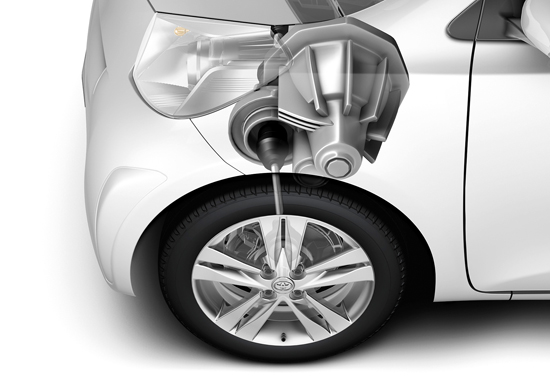
This clever piece of engineering brings three key advantages:
1. The space under the bonnet can be made more compact.
2. The front wheels can be positioned at the far corners of the car, with almost no front overhang.
3. The length of the cabin can be extended, without increasing the car's overall size. iQ's interior gains an additional 120mm compared to the Toyota Yaris.
Installing the differential so far forward reduces the distance from the front edge of the bumper to the accelerator pedal, allowing more space in the passenger compartment.
By moving the large, 15-inch alloy wheels further out to the corners of the car and minimising the front overhang, iQ gains a distinctive "super stance". This firmly planted look broadcasts the car's great stability and a fun-to-drive character, qualities far in advance of the traditionally modest dynamic performance of small city cars.
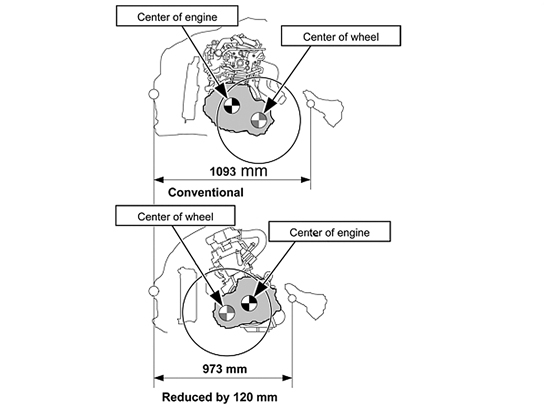
Innovation No2: The Centre Take-Off Steering Gear.
Innovation No3: the Flat Under-floor Fuel Tank
Innovation No4: the Space-saving Air Conditioning Unit
